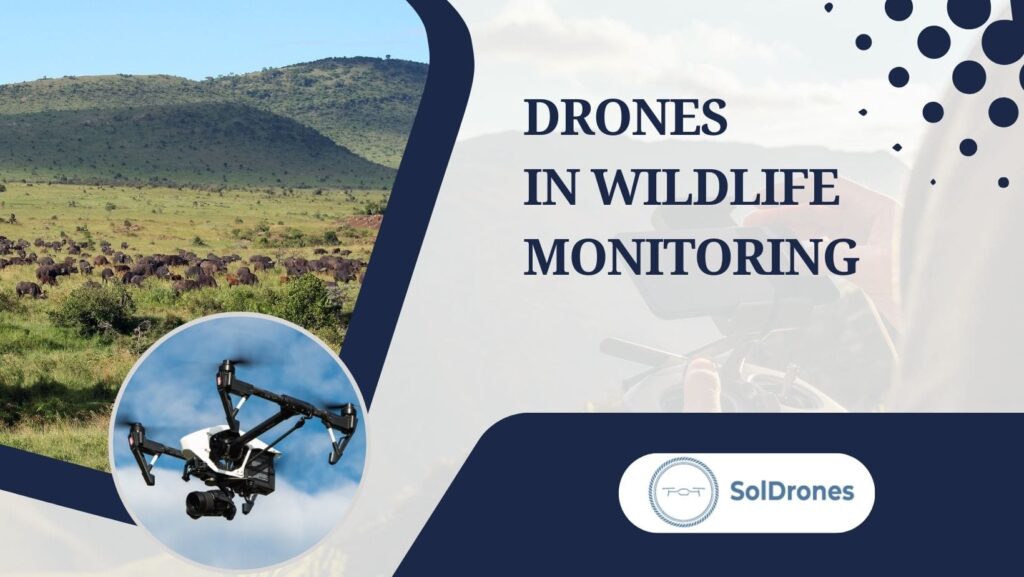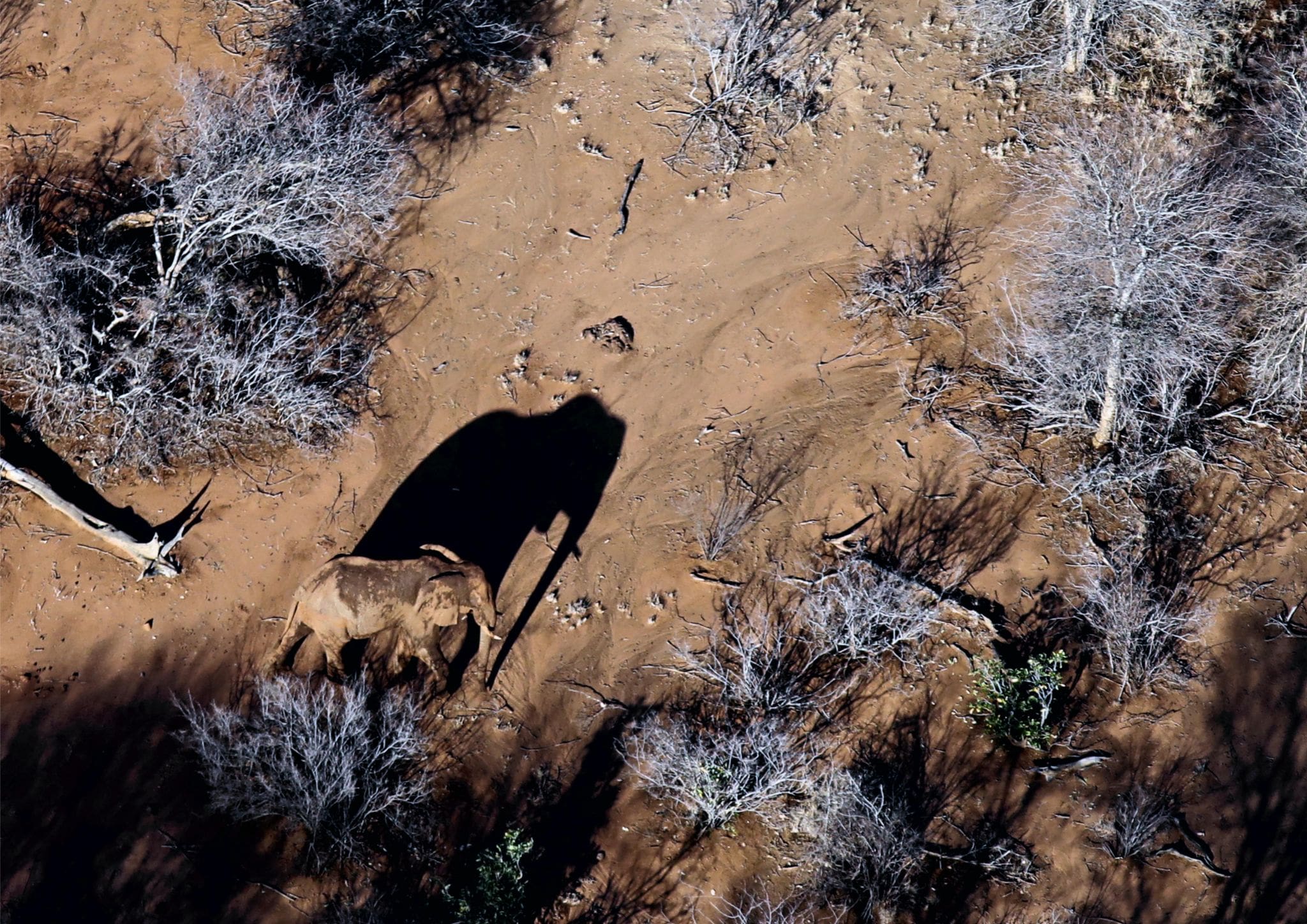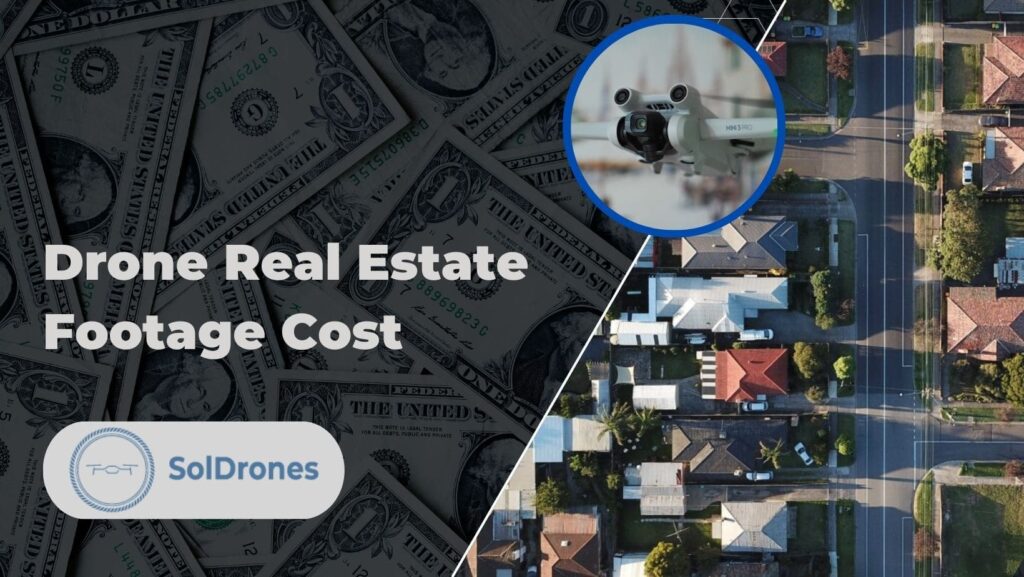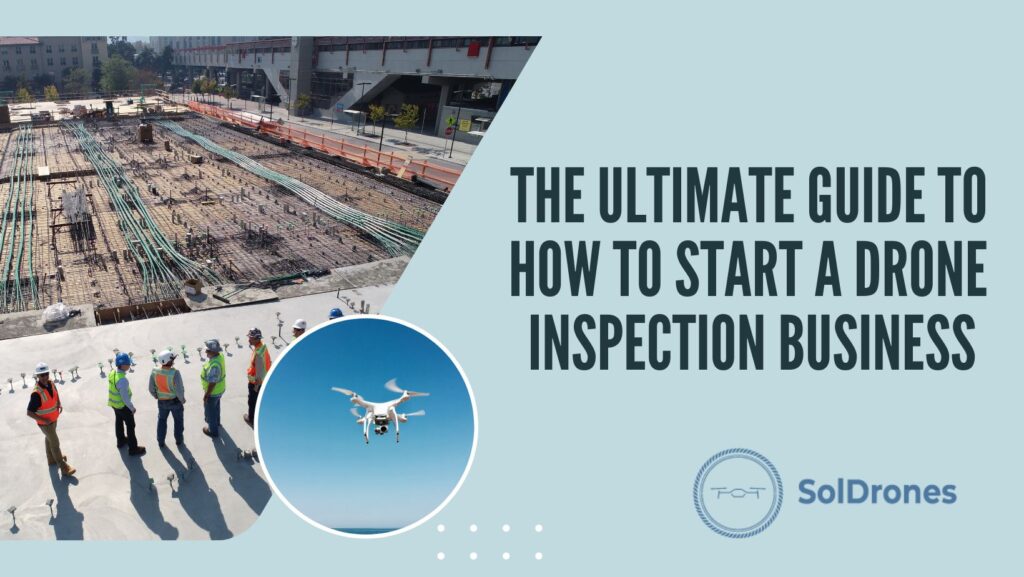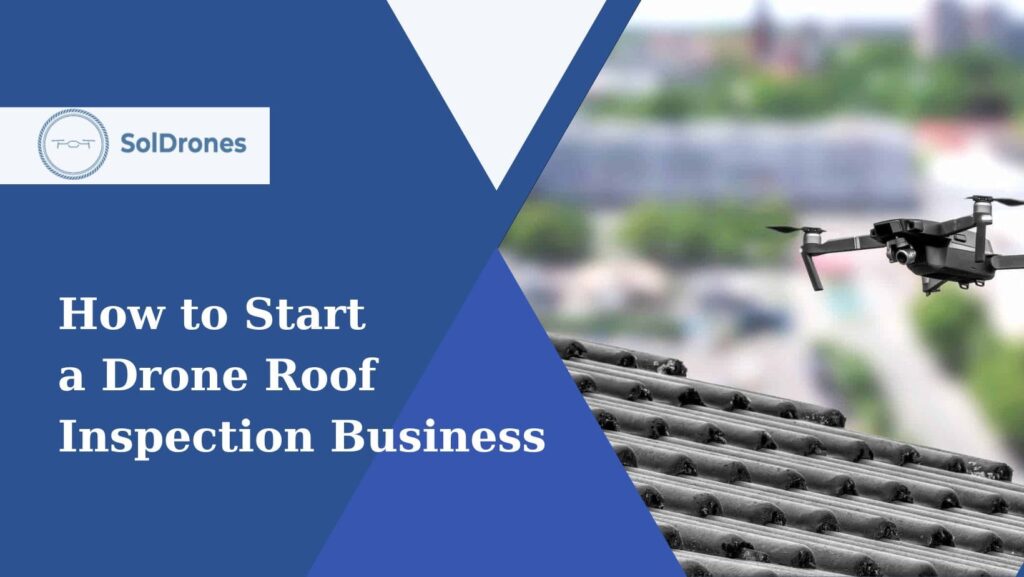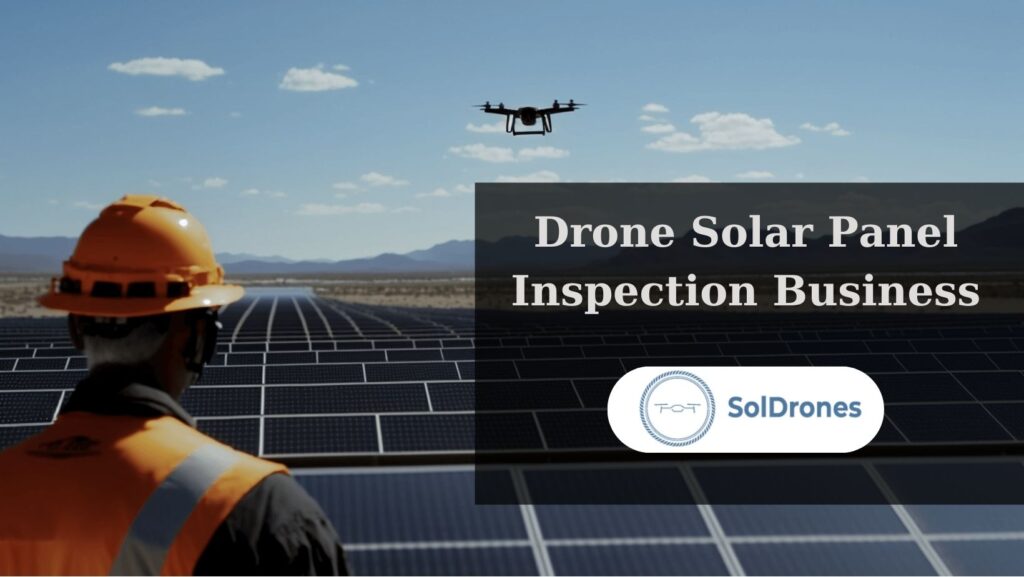In the swiftly evolving landscape of wildlife conservation, drones are emerging as transformative tools, empowering wildlife conservation efforts with detailed insights into Earth’s biodiversity.
Unmanned aerial vehicles (UAVs) introduce a new dimension in habitat mapping and monitoring, showcasing a vibrant use of cutting-edge technology in wildlife research.
Drones with thermal cameras….capture wildlife heat signatures, aiding the management of endangered species
Utilizing thermal cameras to discern heat signatures facilitates deeper, more informed wildlife management, providing a fresh perspective on the behaviors and habitats of endangered species.
As we stand on the verge of exploring the intricate potential of drone surveillance in understanding wildlife habitats and ecosystems, this exploration promises a fruitful partnership between technology and nature.
Fostering a nurturing future for our planet’s precious wildlife, the integration of drones in conservation marks a milestone in empathetic stewardship, heralding a future replete with informed, nurturing environments for nature’s true custodians.
Article Highlights
- Drones transform wildlife conservation, enabling detailed habitat mapping and real-time tracking.
- Modern conservation drones employ advanced technologies like thermal cameras and Lidar for nuanced surveillance.
- Consider camera quality and sensors when selecting a drone for wildlife monitoring
The Emergence of Drone Technology in Wildlife Conservation
In the dynamic world of wildlife conservation, traditional monitoring tactics have been foundational yet limited, particularly in challenging terrains. Now, with the aid of drone technology, wildlife biologists and park rangers have a tool that promises to revolutionize their efforts.
Drone technology stands as a pivotal revolution, offering unprecedented insights into diverse ecosystems without previous constraints. UAVs are reshaping the protection strategies for fauna and flora, marking a significant shift in the observational methodologies that have traditionally been employed.
A refined and sensitive approach to habitat respect and wildlife monitoring is embraced by modern conservation drones equipped with thermal cameras and GPS. This paradigm shift promises a data-rich foundation to preserve natural habitats more effectively.
Applications of Drones in Wildlife Conservation
In a world ceaselessly advancing, the field of wildlife conservation has embraced the monumental capabilities of drone technology, steering clear from the traditional methods that once ruled the domain. Drones, synonymous with innovation and precision, have ushered in the revival of wildlife monitoring, paving avenues to explore and protect life’s vibrant tapestry in a previously unseen manner.
Wildlife Monitoring
The rising sun in the wildlife monitoring field is unmistakably utilized by wildlife drones. They offer real-time tracking and nuanced studies into the behaviors of various species. GPS also enhances tracking wildlife by understanding and mapping the intricate patterns of wildlife movements with pinpoint accuracy.
Wildlife Management
A more informed approach to habitat assessment and planning comes under the spotlight, with wildlife management spearheaded by modern conservation drones. These devices are not merely observers but gatherers of vital data, aiding in environmental monitoring. They scrutinize the health and growth of indicator species, painting a detailed picture of an ecosystem’s pulse.
Conservation Efforts
Drones are also on the front lines in the battle against poaching, an ever-present dark shadow in wildlife conservation. Drone surveillance has emerged as a steadfast guardian, offering an aerial vantage point that is hard to match. Search-and-rescue efforts to find a dependable ally in drones, ensuring safety while navigating tough terrains.
Education and Awareness
Beyond surveillance and management, drones have breathed life into eco-tourism marketing. They have opened up a channel of awe-inspiring visuals that educate and evoke a deep appreciation for wildlife. By offering captivating glimpses through images and videos captured at unimaginable angles, they foster a connection between humans and the wild, nurturing a generation more attuned to the symphony of nature.
The advent of drone technology in wildlife conservation signals a beacon of hope, merging innovation with the sacred duty of safeguarding our planet’s wildlife. It is a symphony of machines and nature, where unmanned aerial vehicles play a pivotal role in writing a narrative of conservation that is informed, precise, and deeply reverent to the rich tapestries of life they vow to protect. It is a forward march, a testimony to human ingenuity that promises a safer, well-observed, thriving natural world.
Technical Insights into Conservation Drones
In wildlife conservation, drones redefine how we understand and safeguard Earth’s diverse ecosystems. Delve into the intricate technologies steering this revolution.
Modern Conservation Drones
Today’s conservation drones, furnished with advanced functionalities like thermal cameras and long-range lenses, have become pivotal in capturing high-resolution imagery from previously inaccessible angles in conservation strategies.
Different Types of Drones
The drone market offers options, including fixed-wing and multi-rotor UAVs, each serving different conservation needs. These UAVs enable a deeper, nuanced exploration of the wild, aiding efforts to preserve our planet’s unique habitats.
Sensor Technologies
Empowering drones are core sensor technologies like Lidar and hyperspectral sensors, allowing for a richly detailed depiction of wildlife habitats. These technologies transform wildlife monitoring into an art, vividly portraying nature’s vibrant patterns and hues.
Thermal Cameras
Thermal cameras play a crucial role as night falls, illuminating mysterious habitats and narrating the untold stories of nocturnal beings. This technology unveils a hidden world, continually vibrant with life, even in the moon’s shadow.
As we scrutinize the technology behind conservation drones, we are entering a new phase in wildlife conservation, where tech and ecology intertwine, ushering us toward a deeper understanding and preservation of our environment.
The Footprint Identification Technique (FIT) and AI in Wildlife Conservation
In the evolving field of wildlife conservation, the Footprint Identification Technique (FIT) and Artificial Intelligence (AI) stand as monumental advancements. FIT translates individual animal footprints into detailed narratives, unveiling profound insights into wildlife behaviors and migratory patterns.
Parallelly, AI leverages real-time monitoring and data analytics, enhancing conservation efforts with unprecedented precision.
Together, they revolutionize conservation strategies and foster a harmonious future where technology and nature coexist symbiotically. This enables a deeper, data-driven understanding of our vibrant and diverse ecosystems, paving a sustainable path for generations to witness and cherish.
Final Thoughts
Wildlife conservation is in a new era, utilizing drones with integrated artificial and human intelligence for secure, efficient ecosystem monitoring and protection. Navigating this transformative journey involves conscientiously merging technological advancements with ecological principles maintaining a deep respect for natural habitats.
This effort anticipates and mitigates potential ecosystem disturbances, guided by a complex regulatory landscape. The goal is a future of harmonious, symbiotic relationships between drones and nature, fostering unmatched symbiosis and thriving diversity through active protection and observation that maintains ecological balance.
FAQs
How are drones used in wildlife monitoring?
With technologies like thermal cameras and GPS tracking, drones are revolutionizing wildlife monitoring and conservation. They aid in real-time tracking, habitat planning, and anti-poaching measures, becoming essential in conservation efforts.
What technologies are found in conservation drones for wildlife management?
Conservation drones feature advanced components like long-distance cameras and diverse sensor technologies, including Lidar and RGB, facilitating detailed environmental monitoring and night surveillance in dense forests, substantially aiding wildlife management.
What is the Footprint Identification Technique (FIT) in wildlife conservation?
FIT is a modern approach to wildlife conservation, utilizing technology to identify species through their footprints for detailed individual tracking. Integrated with AI, it offers nuanced and precise monitoring, expanding the scope of wildlife surveillance.
What insights do recent studies offer on drone usage in wildlife conservation?
Recent studies highlight drones’ effectiveness in monitoring wildlife populations, showcasing their pivotal role in data collection and providing insights previously hard to obtain, suggesting a positive trajectory in informed and effective conservation strategies.
What considerations are essential when using drones for wildlife monitoring?
While offering numerous benefits, drones bring challenges, including evolving regulatory landscapes and potential disturbances to wildlife. Responsible usage abiding by regulations and best practices, is crucial to protecting wildlife habitats.

